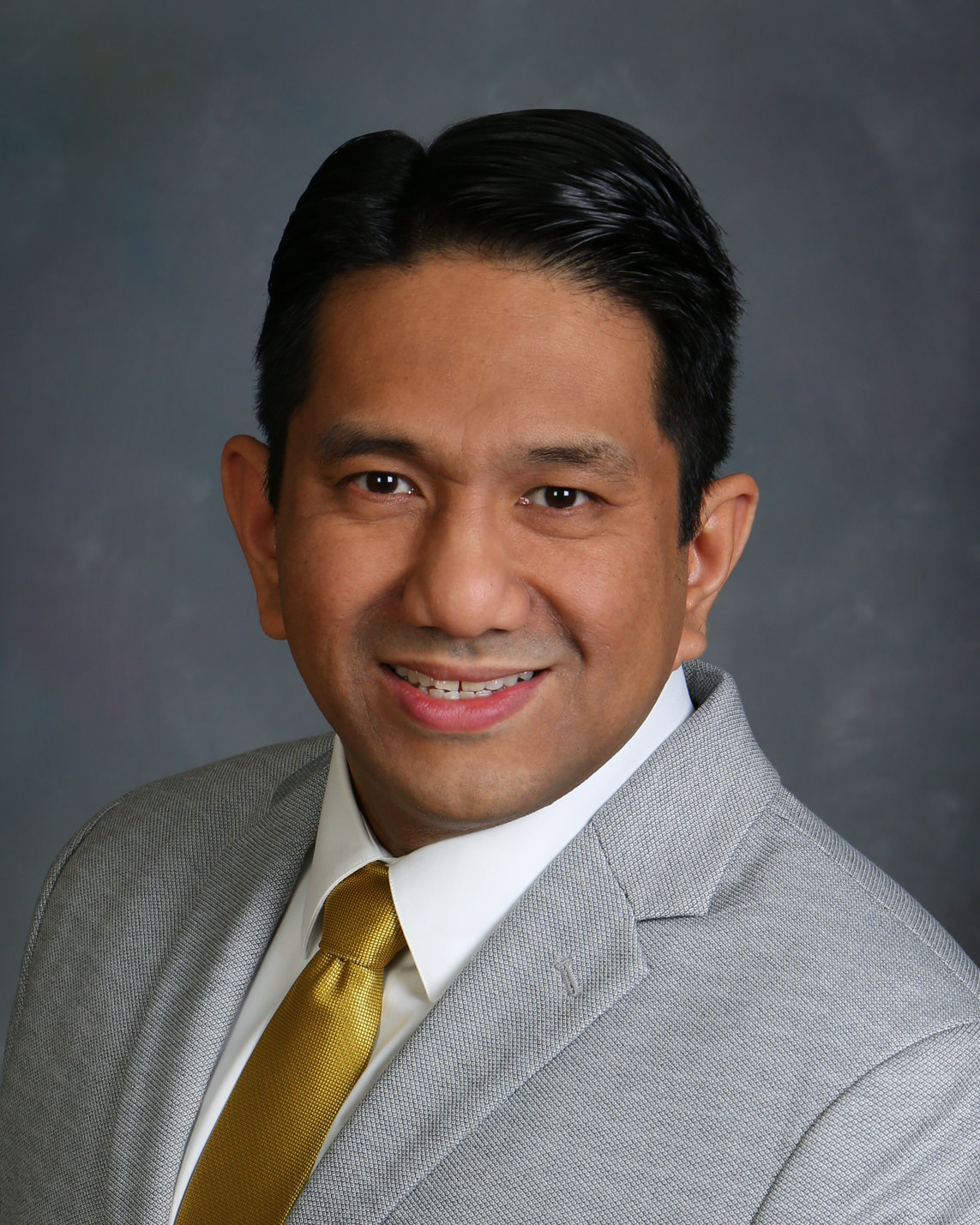
While most people are familiar with the term “family doctor,” many don’t know what it means if a physician is an internist. Internal medicine doctors play an important role in their patients’ lives, yet there is still a lot of confusion about this type of medicine, and many people don’t know these services are offered in our community.
Dr. Jason Galicia, an internist and the Medical Director of Keystone Internal Medicine, explains what this type of physician does and who may benefit from seeing an internist in today’s article.
What is the difference between an internist and a family medicine physician?
The American College of Physicians defines internists as “Physicians specializing in internal medicine, a discipline focused on the care of adults emphasizing use of the best medical science available in caring for patients in the context of thoughtful, meaningful doctor-patient relationships.” This type of medicine began to form in the late 1800s, as scientific knowledge about medicine was beginning to grow.
By the early 1900s, it was becoming clear that the medical needs of adults and children were often different, and pediatrics, the specialty of medical care for children, began. In the 1960s, family medicine became a specialty and focused more on the family as a social unit. Family physicians treat patients of any age, from infants to the elderly. Internists only treat patients who are 18 or older, and have specialized training in caring for adults.
Many internists practice “general internal medicine” and are known as “general internists.” These physicians are skilled in diagnosing and treating chronic (long-term) conditions as well as helping their patients prevent disease and live healthier lives. They are trained to treat routine diagnoses, but also to solve complex medical conditions and to care for patients who have multiple health diagnoses.
What special training and education do internists have?
During internal medicine residency, internists spend time learning about general medical conditions as well as training in psychiatry, dermatology, ophthalmology, office gynecology, otorhinolaryngology, non-operative orthopedics, palliative medicine, sleep medicine, geriatrics, and rehabilitation medicine. They also train in neurology and internal medicine subspecialties which include rheumatology, endocrinology, and infectious diseases.
Internists are trained in both outpatient and inpatient care. During their training, they must spend at least one year taking care of hospitalized patients, as well as at least three months with patients in intensive or critical care.
Can an internist be a patient’s primary care physician?
Internists can work in a variety of settings, including primary care offices, hospitals, long term rehabilitation centers and nursing homes. At Keystone Internal Medicine, and many other internal medicine practices, internists are the primary care physicians for their patients. We provide care for chronic conditions such as diabetes or asthma, or short-term conditions like the flu. The training we have as internists allows us to care for patients over their entire adult lives, and we often develop long-lasting relationships with them.
Who might benefit from having an internist as a primary care doctor?
Adults with complex health conditions or multiple long-term health diagnoses may benefit from having an internist as a primary care doctor. Due to our training, we have expertise in diagnosing and treating a wide variety of diseases, and managing patients who have multiple medical needs.
We also commonly care for patients who require hospitalizations, such as those with cancer, autoimmune diseases, etc. We co-manage these patients with other specialists and help with their transitions in or out of the hospital.
This article contains general information only and should not be used as a substitute for professional diagnosis, treatment or care by a qualified health care provider.




